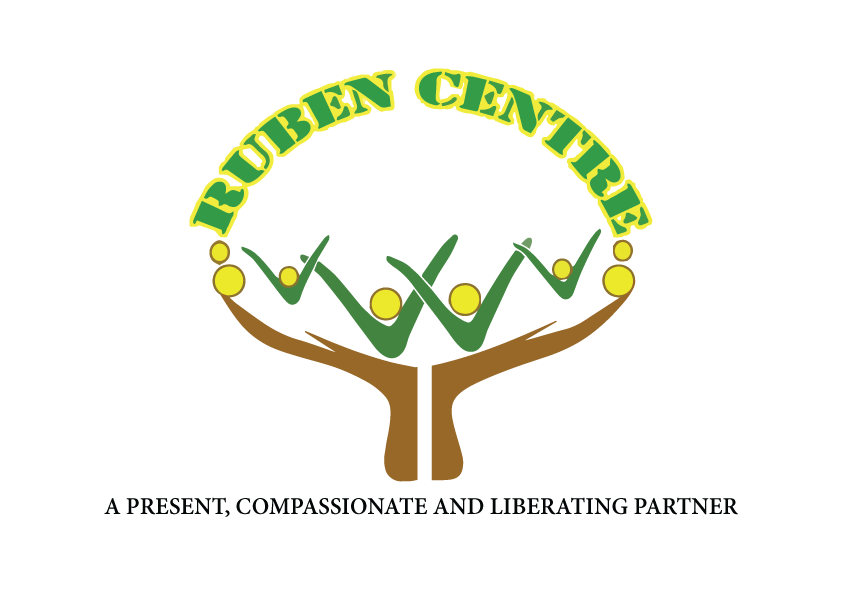End of One Journey, Start of Another
November 3, 2025, marked a momentous day in Kenya’s education history as the first cohort of Junior Secondary School (JSS) students under the Competency-Based Curriculum (CBC) system completed their final assessment. At AEF Ruben Comprehensive School, the atmosphere was electric with joy as 639 Grade 9 students finished their final paper in the Kenya Junior School Education Assessment (KJSEA).
After nine years—six in primary and three in junior secondary—the long-awaited day finally arrived, ending a learning journey filled with countless memories. The school compound buzzed with excitement; students proudly claimed the title of "big girls and big boys," their laughter echoing as they celebrated the end of one chapter. Teachers joined the excitement, sharing in the pride of learners they had walked closely with through the ups and downs of their academic pursuits. As these young learners now prepare to transition to Senior School for the next three years, they carry not just knowledge, but confidence and hope for the future.
National Milestone: Candidate Statistics
This assessment was significant nationally, as the Kenya National Examinations Council (KNEC) registered a total of 1,130,669 Grade 9 learners to sit for the inaugural KJSEA. These candidates were part of the over 3.4 million learners taking national examinations and assessments this year, underscoring the massive scale of the new education system's rollout.
Navigating the CBC: Challenges and Future Hurdles
While the successful completion of the KJSEA is a cause for national celebration, the implementation of the CBC has faced—and continues to face—significant challenges.
Current System Challenges
Resource and Infrastructure Gaps: A persistent challenge is the lack of adequate classrooms and specialized laboratories required for the practical, competency-based teaching methodologies, particularly in underserved regions.
Teacher Preparedness: Many educators feel ill-equipped to deliver the new curriculum effectively, citing insufficient training and professional development to shift from the traditional lecture style to the learner-centered CBC approach.
Financial Burden: The curriculum’s emphasis on continuous project work and practical assignments often translates into a higher financial cost for parents to purchase the necessary learning materials and resources, raising concerns about equity and accessibility.
Anticipated Future Challenges
As this cohort progresses, new hurdles related to Senior School will emerge:
Pathway Placement Fairness: A major challenge will be ensuring the accurate and equitable placement of these KJSEA candidates into the three Senior Secondary School pathways (Arts and Sports, Social Sciences, or STEM). Ensuring that a student's aptitude truly aligns with their placement is critical for the success of the system.
Assessment Credibility and Standardization: Maintaining the integrity and standardization of the new grading model—which heavily weighs continuous School-Based Assessments (SBAs) at 40% alongside the final KJSEA exam at 60%—will require continuous monitoring by KNEC to ensure results are credible nationwide.
Demand for Specialized Teachers: The increased specialization in Senior School pathways will create an urgent need to recruit and train teachers with deep subject-matter expertise across the diverse learning areas to meet the varied needs of the learners.
The successful completion of the KJSEA by the pioneering Class of 2025 marks a major step forward, even as the nation continues to adapt to the complexities of the transformative Competency-Based Curriculum.
Story by: Gregory Barake
Edits by: Benson Kagwima


